After examining railway structures that were on the ‘at risk’ radar in RAIL 1027, Dr Joseph Brennan turns the spotlight on stories that have had a happier ending.
In this article:
After examining railway structures that were on the ‘at risk’ radar in RAIL 1027, Dr Joseph Brennan turns the spotlight on stories that have had a happier ending.
In this article:
- Network Rail revised Liverpool Street station redevelopment plans, prioritising heritage preservation after criticism from conservation groups.
- Major railway heritage sites, including Stockton & Darlington structures, are restored and removed from England’s Heritage at Risk Register.
- Restoration projects, like Denmark Hill’s stationmaster’s house, highlight efforts to repurpose historic railway buildings for modern use.
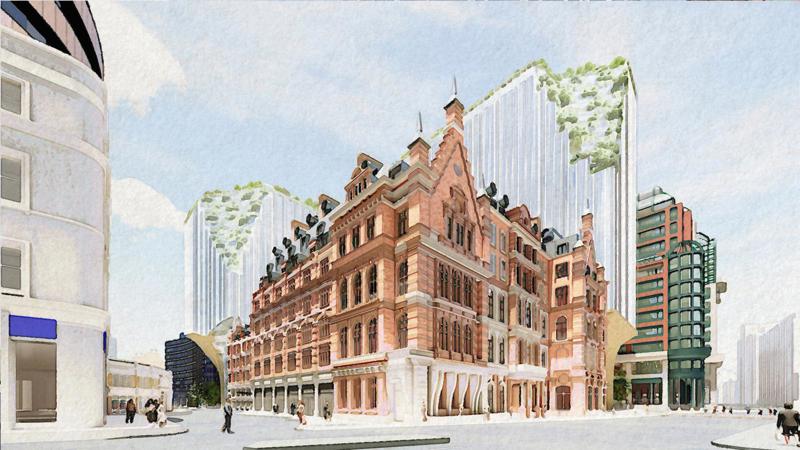
In November 2024, Network Rail declared that “it’s time” for new plans to be brought forward for the transformation of London’s Liverpool Street station.
This declaration came more than a year after the Victorian Society had named this station (and the Grade 2* former Great Eastern Hotel) as one of its top ten endangered buildings for 2023.
Acknowledging the “significant objection from heritage organisations” generated by Network Rail’s 2023 scheme for Liverpool Street’s redevelopment, it was back to the drawing board for these latest plans.
“We’ve spent time talking and listening. Our latest plans celebrate Victorian features, including the original trainshed and the Great Eastern Hotel,” said Robin Dobson, Group Property Director at Network Rail Property.
“Network Rail Property is leading a new team with a new approach which will respect the station’s unique heritage - simple in design, embracing London’s mix of the old with the new. A new office building on top of the station concourse will generate the money to pay for these improvements.”
A major transport hub, at the time of NR’s announcement of new plans Liverpool Street was connecting more than 100 million people a year within London and the South East.
And with passenger numbers forecast to grow to more than 140 million a year by 2050, ensuring that the station is fit for purpose to handle future demand is vitally important.
However, also important is safeguarding the station’s heritage. And “after listening to a broad range of views” in consultation with passengers, local businesses, heritage groups and elected representations, NR can now begin on these “new plans that will deliver significant improvements to public infrastructure for a best-in-class, destination station that protects the station’s heritage setting”.
At the time of writing, the outcome of this consultation was unclear. But the tenor of NR’s announcement suggests a genuine commitment to striking a balance that will create “a transport hub that will work for the city and all Londoners”, according to Friedrich Ludewig, Founding Director of NRP’s architecture partner, ACME.
It is a “monumental design challenge”, says Ludewig, noting that: “The 1990s saw a few stations such as Victoria, Cannon Street and Charing Cross compromised by over-station development.”
The 2023 ‘Save Liverpool Street Station’ campaign had been highly critical of earlier plans developed with Sellar - in particular (in the words of the Victorian Society) “the demolition of the roof structure of the existing station concourse, and replacement with a new structure”, which was said to be contrary to the National Planning Policy Framework.
This framework requires clear and convincing justification for any harm to a listed building - and allows refusal of consent if it is felt a development will lead to substantial harm.
Liverpool Street’s 1985-92 remodelling by the British Rail Architects’ Department (under project lead Nick Derbyshire) had carefully followed original 1870s detailing, with the concourse designed to allow natural light to spill into the station.
Now, says Ludewig: “We will retain the sense of a tall and airy concourse.”
But the passionate opposition to the earlier scheme sent an important message on protecting railway heritage, while also showing that we must never stop fighting to save our history. NR’s change of design partner is also telling.
In fact, as SAVE Britain’s Heritage points out, Liverpool Street station is a landmark case.
It survived the overreach of progress once before, escaping demolition and rebuilding in the 1970s. That survival was a triumph against the “stridently modernist” plans then put forth.
England’s listing authority calls that earlier survival a “singular example” and a “dramatic reflection of the shift in the way the redevelopment of Victorian buildings was approached in this period”.
It was, in short, saved before - and looks to be once more.
While we await the verdict from the consultation on these latest plans for Britain’s busiest station, part two of our ‘heritage at risk’ series explores some of the key heritage ‘saves’ of 2024 - in terms of railway sites removed (for positive reasons) from England’s latest Heritage at Risk Register, released by Historic England.
On that saved list, we see the ways in which preservation can ‘bring buildings back’ into meaningful and profitable use, as well as the ways in which the momentum of Railway 200 celebrations is making itself known.
It is no coincidence that two of the four ‘saves’ on our tour connect with the early days of the Stockton & Darlington Railway (S&DR), where restoration has also been helped by recent research that explains further why these saves are so significant.
It is also worth noting that a number of S&DR sites still on the risk register today - for example, stretches of the S&DR along the River Gaunless and at the Etherley and Brusselton Inclines - have actions/strategies for restoration currently agreed.
These are pathways (in some cases, literally) towards giving these S&DR surviving elements a new lease of life and a way of engaging us all.
The restorations currently in progress should make for a bumper S&DR-heritage exodus from the risk register in 2025.
North Midland Railway: (South) Wingfield station (Grade 2*)
“Maimed beauty deserves better.”
So said preservation charity the Victorian Society, which included this Grade 2*-listed 1839-40 North Midland Railway (NMR) station on its 2012 Top 10 Endangered Buildings list. Well, at long last, this important station has been granted the salvation it deserves, following restoration by the Derbyshire Historic Buildings Trust (DHBT) in a project that was Highly Commended in the heritage category of the 2024 UK National RICS Awards.
The station’s reprieve followed passionate campaigning (by the likes of the South Wingfield History Group), a listing upgrade from 2 to 2*, and a compulsory council purchase, after which it was put into the hands of the DHBT. It also received National Lottery funding - efforts that were all worth it for a station this special.
Built on a line engineered by George and Robert Stephenson, it is the sole survivor of designer Francis Thompson’s sequence of picturesque Derby-Leeds stations -and among the world’s earliest.
In a Classical style, its proportions are subtle and delicate (some might say spartan).
It is also the only first-generation station listed on this line, with Thompson’s work on this stretch of the NMR regarded as his best. Restoration work was completed in 2023.
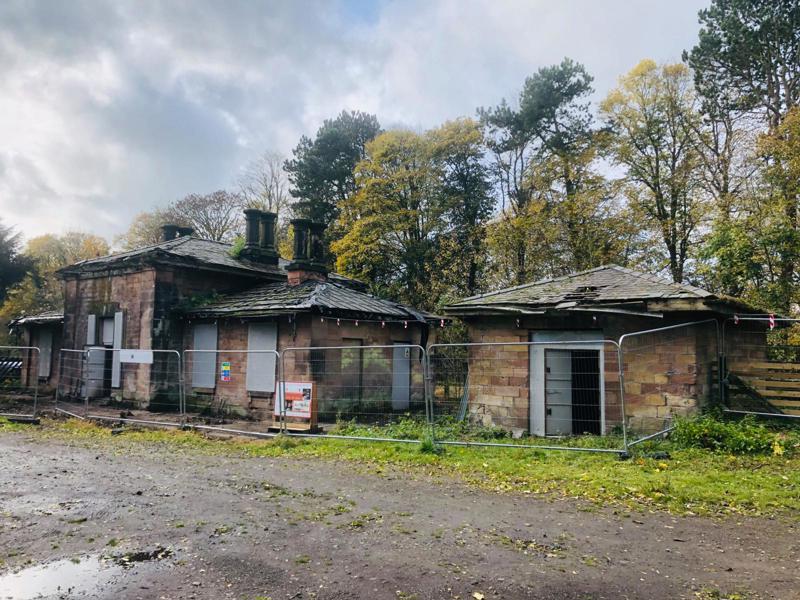
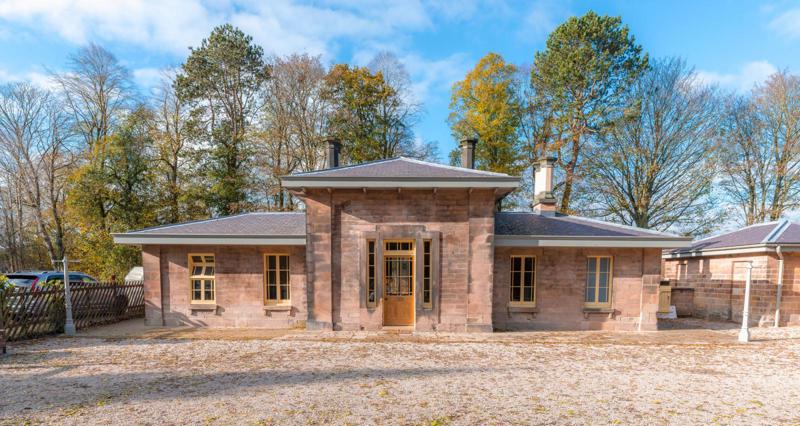
Stockton & Darlington Railway: Coal Drops, Shildon (Grade 2*)
Another site of early railway enterprise to be upgraded to 2* before benefiting from restoration (which would remove it from the 2024 at-risk register) is the S&DR coal drops, located in Shildon’s Locomotion museum.
After it was upgraded in 2021 (along with Timothy Hackworth’s Soho House and engine shed, also at Locomotion), 2022 research by Historic England then found that the drops, constructed in 1847, were the world’s first attempt at mechanising locomotive refuelling.
The drops worked by chaldron wagons being taken up the incline, and their loads dropped down chutes into tenders of steam locomotives waiting below.
Conservation work completed by Durham County Council in 2024 ensured that the site was dropped from the latest risk register.
S&DR: Goods Shed, Darlington (Grade 2*)
In 2023, Historic England awarded £252,000 towards the repair and restoration of an S&DR goods shed in Darlington, thought to be the oldest surviving in the UK.
Designed by Thomas Storey and built in 1833, the Grade 2*-listed building was the main point for handling goods such as agricultural produce at the S&DR. And to meet increasing commercial demand, it doubled in size with an extension between 1839 and 1840, which was when a clocktower was added to the roof.
Experts believe that trains entered the shed through archways, stopping in bays where they were unloaded by local merchants using horse and cart.
The only earlier comparable building is the 1830 Grade 1-listed warehouse to the north of the former Liverpool Road station in Manchester.
Now restored, the goods shed stands tall at the heart of Hopetown Darlington (formerly known as the Head of Steam railway museum), and is a key part of Darlington Borough Council’s new £35 million visitor attraction, which is expected to welcome more than 300,000 visitors a year.
Willmott Dixon worked with the council on the goods shed, which had sat hidden and neglected for close to 30 years.
Restoration work involved the clearance of decades of overgrowth, and refurbishment to its original windows, roof, stonework and archways, maintaining historical integrity while incorporating modern interactive exhibits inside.
Today, the goods shed serves as both a visitor hub and a place to learn about railway heritage in Darlington, with displays that include a hologauze screen and a miniature railway.
Other S&DR buildings at the site were also restored in time for Railway 200. They include North Road station (renamed North Road Station Museum), a Grade 2*-listed building that opened in 1842 - replacing the 1833 passenger station.
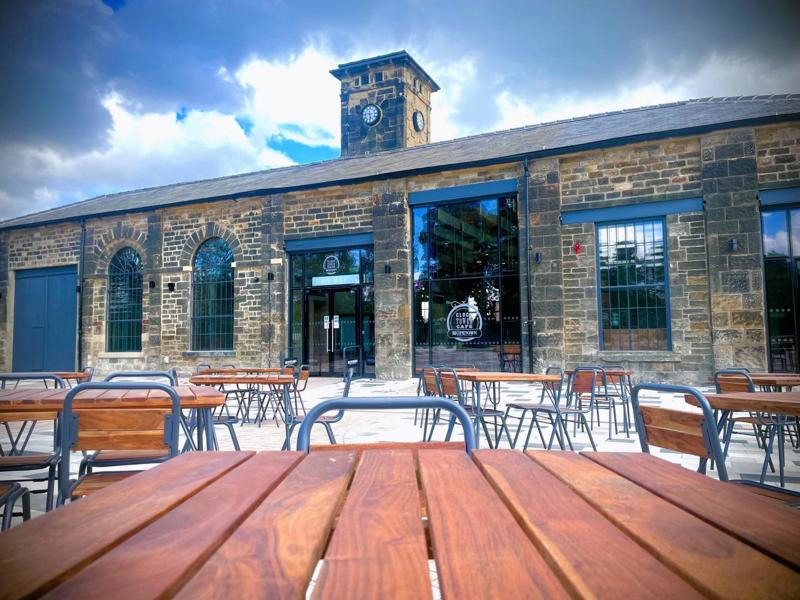
London, Brighton & South Coast Railway: Stationmaster’s House, Denmark Hill station, Greater London (Grade 2)
Appearing on the risk register as “Former office to Denmark Hill station,” this Grade 2-listed building in Greater London is now off the register following restoration - after laying derelict for 43 years.
Once serving as a stationmaster’s house, it was designed by Charles Henry Driver between 1864-66, and in 1980 was damaged by fire along with the rest of the station.
The station, in the high Victorian Gothic style, was “gutted” (the descriptor used by the listing authority) by this fire. Campaigns to save the station from demolition ensued, and the centre section was converted into a public house.
This stationmaster’s house, however, had to wait much longer for restoration.
The £320,000 refurbishment was completed by The Arch Company in 2023, with assistance from a £44,000 grant from the Railway Heritage Trust. That grant made possible the design of new windows, doors, flooring and external repairs at the property, to follow closely the heritage character of the building.
It’s nice to see that the original chimney stack was retained, and that the building is back in usable condition - forming part of The Arch Company’s Project 1000, a £200 million plan to bring 1,000 empty and derelict spaces into use by 2030.
The former stationmaster’s house was officially reopened by Lord Parkinson of Whitley Bay, Parliamentary Under Secretary for Arts and Heritage, on November 30 2023.
The restoration allows this former stationmaster’s house to meaningfuly contribute to the station as a whole once more.
Denmark Hill, in the works of the listing authority, is notable as “a rare and unusually complete example of a Victorian suburban station”.
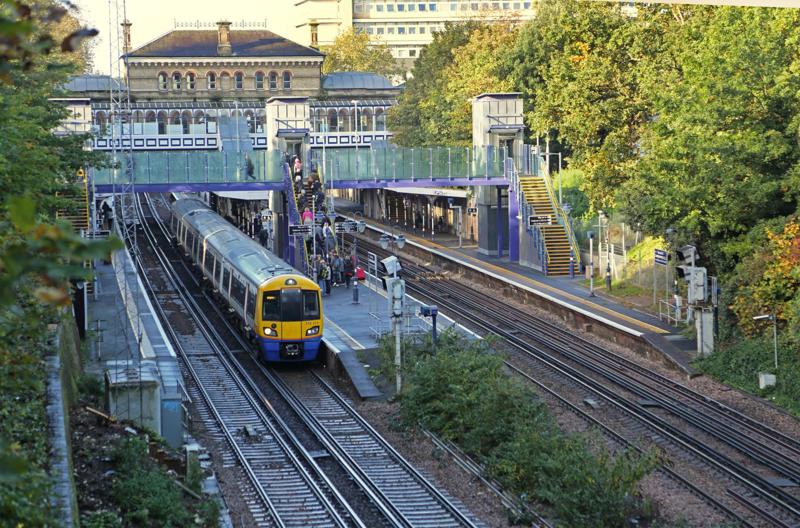
For a full version of this article with more images, Subscribe today and never miss an issue of RAIL. With a Print + Digital subscription, you’ll get each issue delivered to your door for FREE (UK only). Plus, enjoy an exclusive monthly e-newsletter from the Editor, rewards, discounts and prizes, AND full access to the latest and previous issues via the app.
Login to continue reading
Or register with RAIL to keep up-to-date with the latest news, insight and opinion.


















Login to comment
Comments
No comments have been made yet.